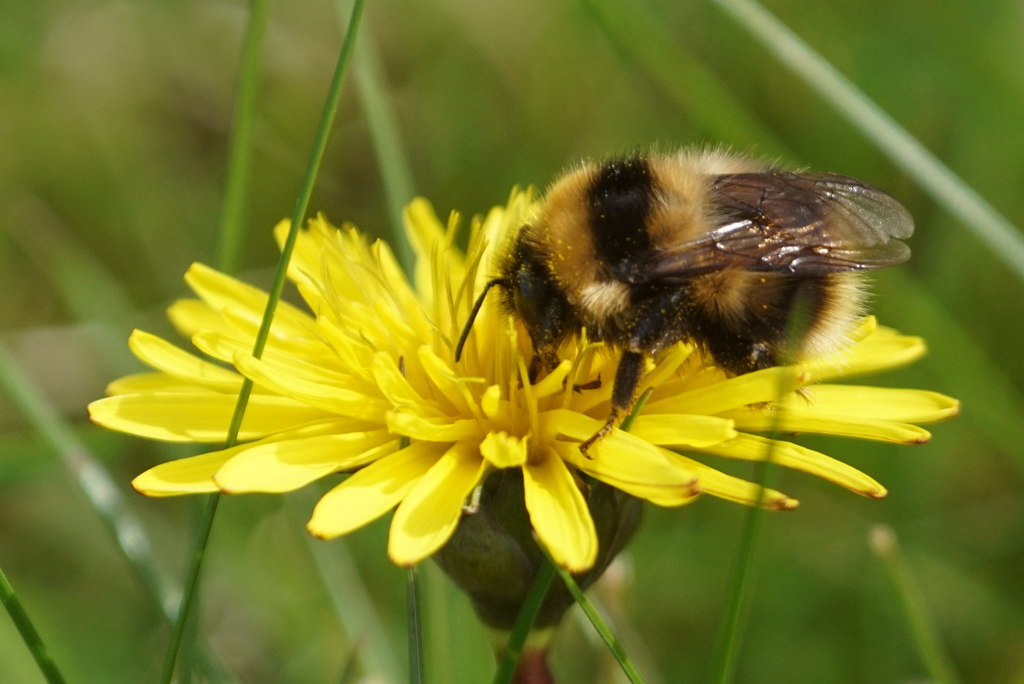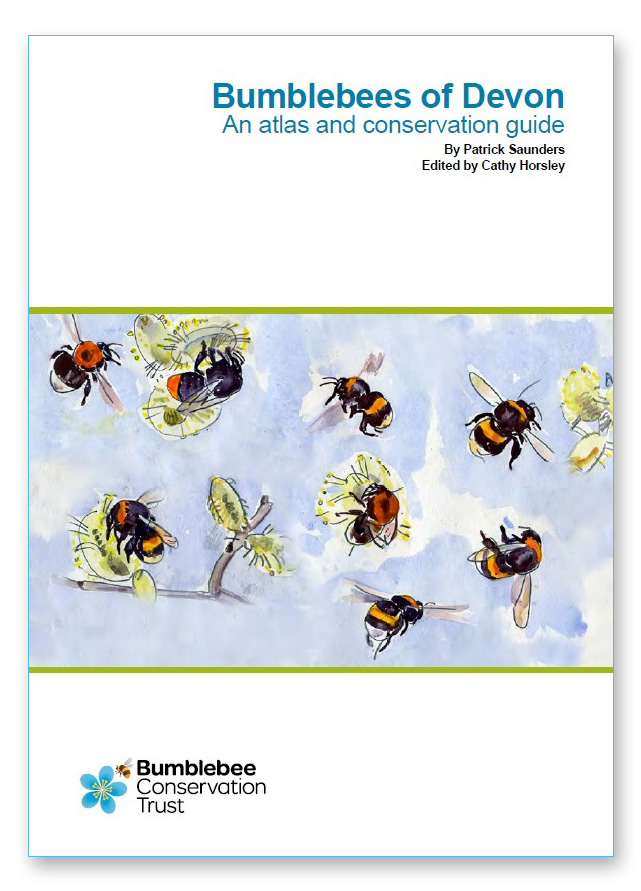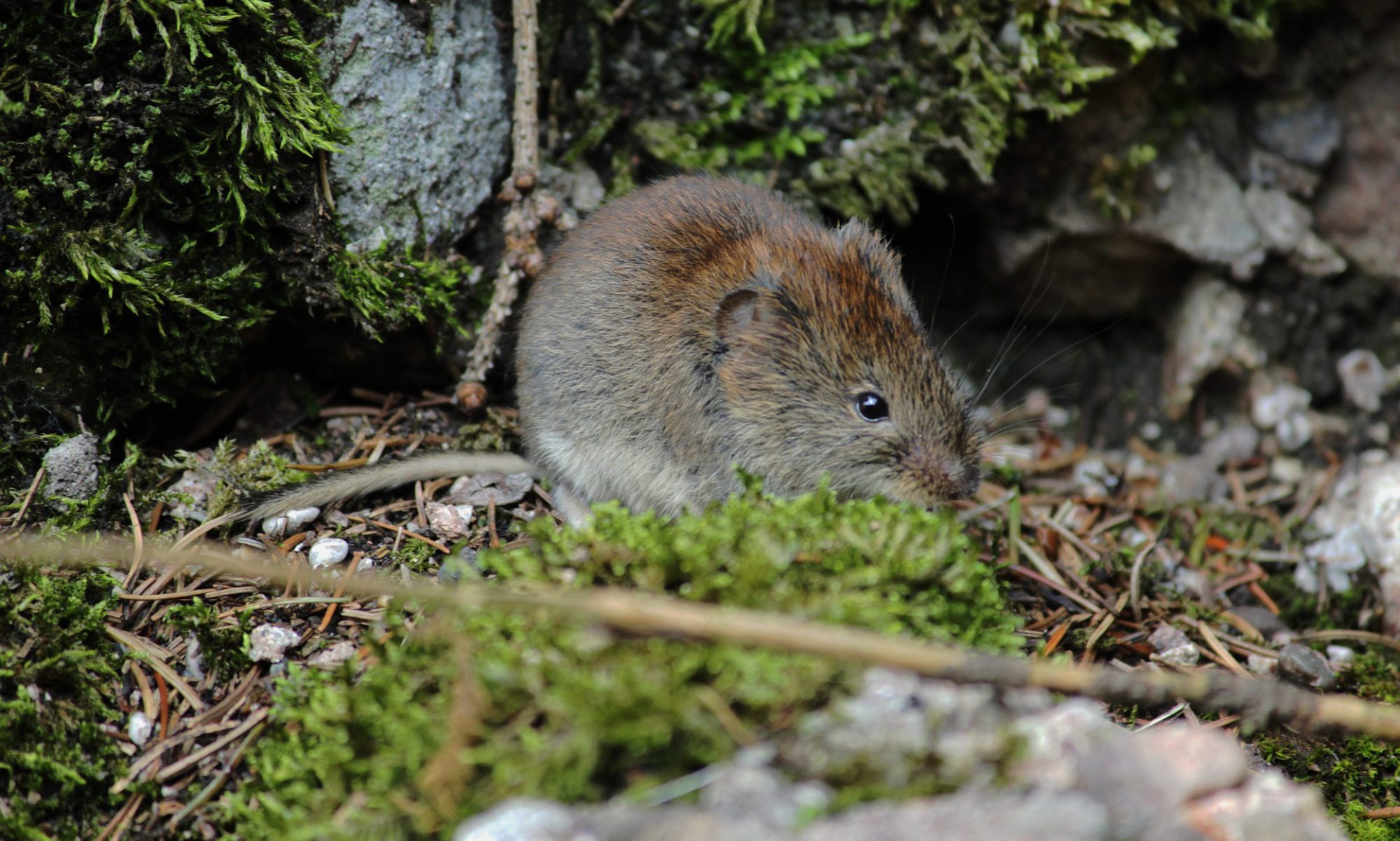Post-event notes

Many thanks to everyone who joined us in looking at The Plight of the Bumblebee. It was great to see so many people keen to support our bumblebees and understand the threats they face.
We had some great questions, some of which were answered very briefly. Here I have collated answers to the outstanding questions as well as providing some additional information on the other aspects, with some relevant information:
What to do about bumblebees covered in mites and struggling:
Mites are generally considered to be harmless, but we can take action for those suffering under the weight of large numbers of mite by gently removing them, such as with a child’s paintbrush. More: Bumblebee mites
Bumblebees and their predators
(Questions on wasps and badgers):
Bumblebees have many predators, some of which are mammals and birds. These predators have co-existed with bumblebees for thousands of years and are not a cause for conservation concern – it is the human-caused problems like habitat loss, pesticide exposure and climate change which make natural predation more of an issue for bumblebee populations.

Catastrophe for the bumblebees Deep in the long grass a bumblebees’ nest has recently been unearthed and raided, most likely by badgers. The bees build their nest below the ground often occupying an existing cavity such as an old mouse nest. The nest comb and brood-cells are made from a waxy material produced by the bees from special wax-glands on their bodies, and the whole nest is usually covered and protected inside a ball of dead, finely shredded grass, moss, animal fur or similar material.
Badgers use their strong claws to dig up nests and eat the larvae and food stores. Badger predation seems to be more likely to happen when conditions are dry and it is harder for badgers to forage on their preferred food source – worms.
Invertebrate predators and parasites include species of wasps and flies, many of which lay their eggs inside live bumblebees or bumblebee nests.
More: https://www.bumblebeeconservation.org/bee-faqs/bumblebee-predators/
How do bumbles find mice holes for nests?
When searching for a nest, the queen will investigate the environment using both sight and smell. When she finds a potentially suitable site she will investigate by going into the hole. If it proves unsuitable she will continue searching until she finds a nest site. The low-flying zig zag flight of a nest-site searching queen is seen in spring and is very distinctive.

Keeping your garden ‘Perfect for Pollinators’:
Information on neonicotinoid insecticides and finding bee-friendly seeds and plants:
https://www.wild-ideas.org.uk/perfect-for-pollinators/
Those all-important links:
Gardening for bumblebees:
Whether you have a window box, allotment or large garden, planting bee-friendly flowers can help boost your local bumblebee population. In return, they will dutifully pollinate our flowers, crops, fruits and vegetables.
Here are some tips on growing for pollinators: https://www.bumblebeeconservation.org/gardeningadvice/
If you’re making space for bumbles in your garden, please do map your wildlife space, however large or small, on the Wild Ideas Nature Pledge map, where we show the networks we are creating for wildlife in our gardens:
https://www.wild-ideas.org.uk/wild-ideas-nature-network/
Identification of bumblebees
The Bumblebee Conservation Trust recently created a step-by-step guide to identifying UK bumblebees. You can access it here: https://www.bumblebeeconservation.org/bumblebee-species-guide/
24 species of bumblebee have been recorded here in Devon, with four of these thought to now be extinct in the country.
For detailed information about the bumblebee species around us, you can read Bumblebees of Devon – An atlas and conservation guide, here: https://www.bumblebeeconservation.org/wp-content/uploads/2017/06/BBCT135-Bumblebees-of-Devon-an-atlas-and-conservation-guide_online-10.19.pdf


